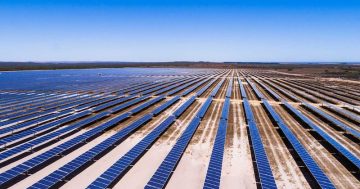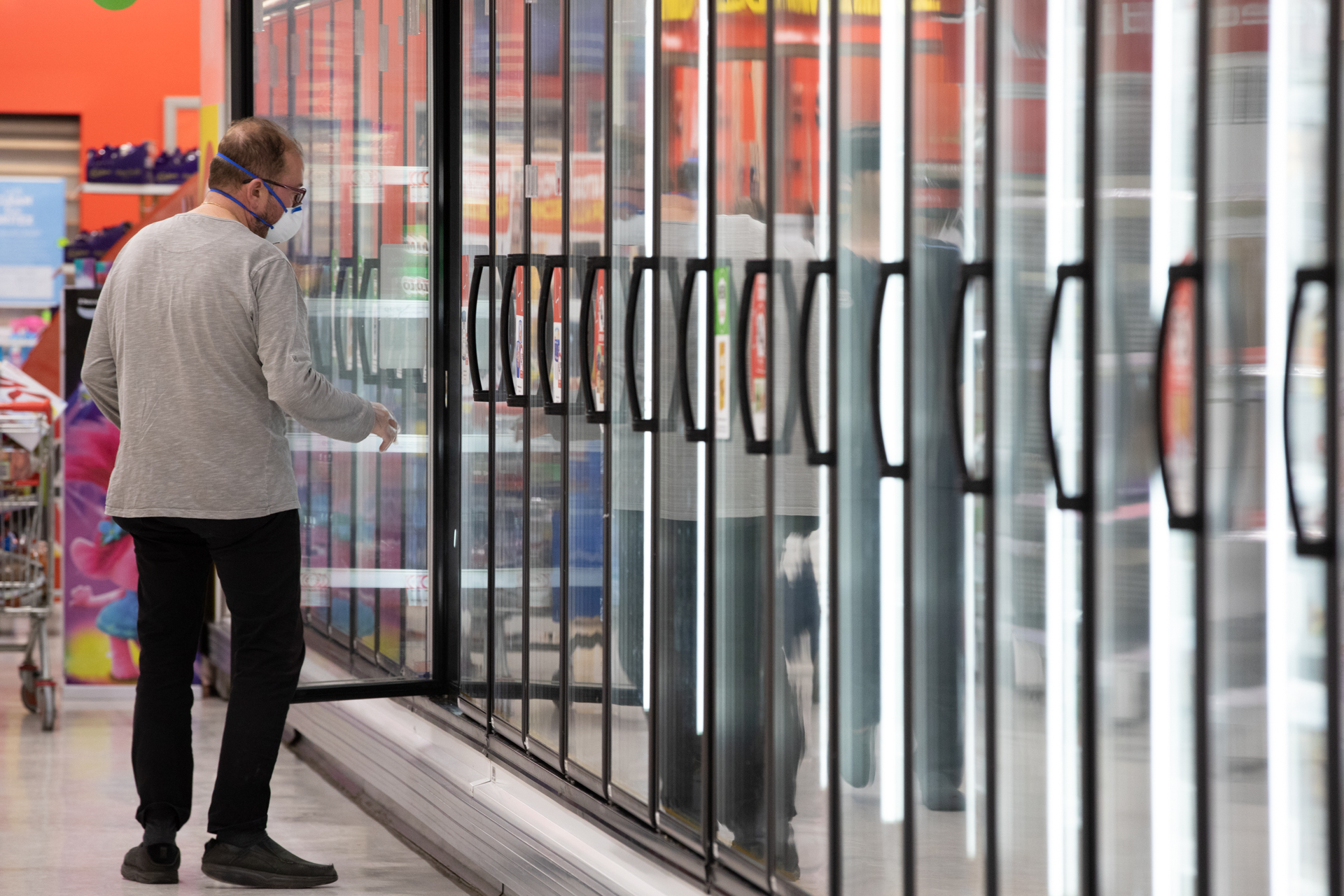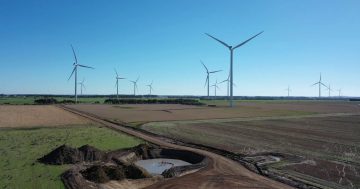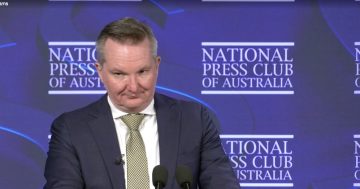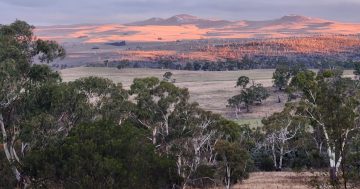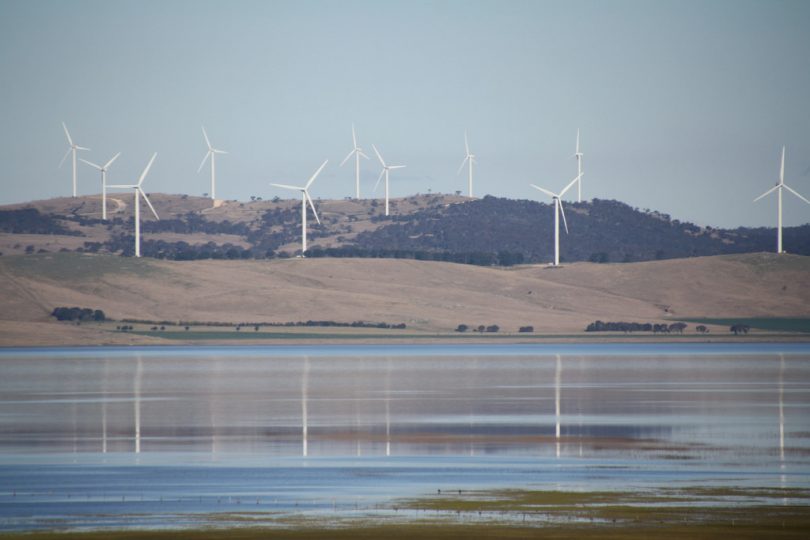
The ACT’s renewable energy commitment gave certainty to investors in the market. File photo.
The storm over electricity prices will supercharge the forthcoming Federal election as politicians argue over whether changing our power sources will increase our costs. Canberra’s commitment to renewables is the highest in the country. So how do our electricity prices compare in the big argument over what keeps our lights on?
The answer is, very well, but for a variety of fairly complicated reasons. Richard Merzian is the Climate and Energy Programme director at The Australia Institute, which has been analysing energy policy for more than a decade.
“In a broad sense, Canberra has some of the lowest retail electricity prices in the country. Generally, we rate very well when we compare ourselves as part of the National Energy Network across the eastern and southern states,” he says. But while renewables form part of the reason for those prices, so do policy choices.
One of the major differences is our regulated default price, replicated only in Tasmania and regional Queensland. The government in the ACT takes a leading role in setting what the electricity price should be through an independent body. That creates a marker so that retail energy companies have to justify why they’re offering higher prices. Merzian describes this as “your Black and Gold offer. You know you’re paying a premium or you get the standard prices”, adding that it cuts through the confusion created by retail deals.
“When the ACCC did their major study on retail electricity, one of their recommendations was that the entire country should adopt the default price. Minister (Angus) Taylor has committed to taking that recommendation forward, as has the Opposition,” he says.
The ACT is a small network, so our costs are lower than much larger areas like NSW, but Merzian says the impact of renewables and how the Territory government has managed the market is a major reason for our current low prices.
“We have to think back to 2013, 2014 when the ACT wanted to ramp up renewables at the same time as the Abbott government was walking away from any commitment on climate and energy, removing the carbon prices and watering down the Renewable Energy Target,” he says.
“That sent a strong signal to the market that the Federal government wouldn’t support renewables. The ACT had the most strident response across the jurisdictions by holding the reverse auction, finding the cheapest price for energy and locking it in. So now we are getting a really sweet deal for long-term affordable energy that also meets renewable energy targets.”
Merzian says that renewable energy projects typically have large upfront costs but are cheap to run thereafter. To obtain financing, these projects need long-term contracts. When the ACT locked in their prices, it delivered certainty for renewable energy developers and investors.
“Back in 2014, it was dire straits for the renewable sector,” Merzian says. “Renewables were packing up shop everywhere. The ACT was willing to put up some serious contracts, along with an obligation for companies to set up their business operations here in Canberra.”
But if South Australia also has a large renewable component to their energy supply, why are their prices so much higher than ours? Richard Merzian says that it’s not the renewable component that spikes prices, but a combination of network upgrades, increases in component costs like gas and retail price setting.
And, he says, customers understand this very well. The Australia Institute has carried out their national Climate of the Nation research over ten years. Those results show that householders identify excessive profit margins, grid privatisation, Federal policy uncertainty and poor policy outcomes as the major reasons for price hikes.
The situation hasn’t been helped by the lack of a long-term energy policy for more than 15 years. Merzian says there seems to be some agreement, at least, on the Federal level that a partially bipartisan energy policy has to be developed.
“Both sides recognise we need a new generation policy and will put government money and long-term contracts into making that happen. The difference is around the choice of technology because the current government is committed to coal as part of the mix.
“But in the end, it’s likely that the money will go towards exactly what the ACT has done, running a reverse auction for new generation energy. That will drive innovation and jobs when the majority of coal-fired power stations are at end of their life.”













